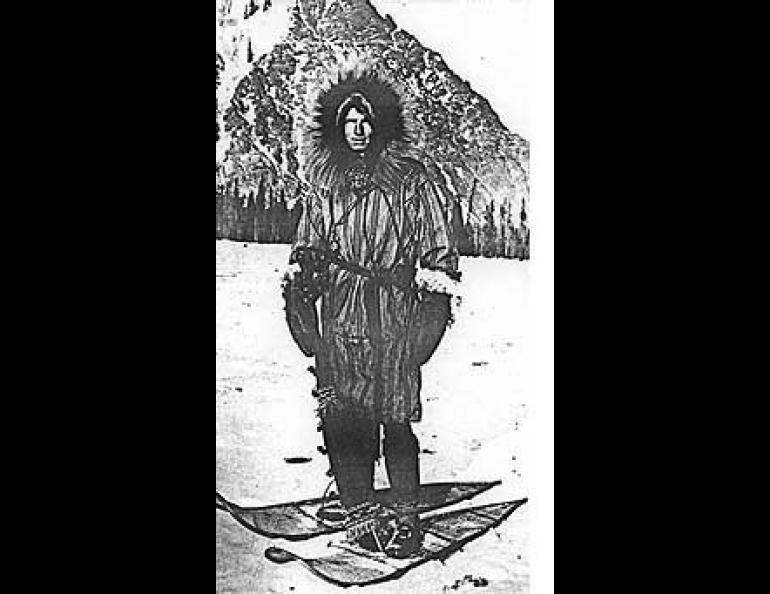
Billy Mitchell: Alaska Pioneer
When the name Billy Mitchell is mentioned, most people think of the general who was court-martialed in 1925 for openly criticizing the Army's lackadaisical interest in aviation. Aviation buffs know that there was a World War II bomber named after him. These same people would probably be surprised, as I was, to learn that this same Billy Mitchell played a large part in establishing Alaska's first telegraph.
Melody Webb, in an article in the January 1986 issue of American History Illustrated, traces the development of the Alaska telegraph system, in which another familiar name pops up. General Adolphus Greely, namesake of Fort Greely near Delta, was chief of the Army Signal Corps in 1900, when communications between Washington and Alaska took two to six months to reach their destination. There were administrative problems arising from the flurry and disorder of Alaska's gold strikes, and growing friction with Canada and Britain over the international boundary. Greely, who had won fame as an Arctic explorer, now made the Alaska telegraph his personal cause.
The first step was to connect Fort Egbert, at Eagle on the Yukon River near the Canadian border, into the Canadian telegraph system. This was accomplished by October 1900, but the far more difficult task of tying the rest of Alaska into the net still lay ahead. Greely used infantry personnel stationed in Alaska to begin constructing telegraph lines to Fort Egbert at Eagle from four separate locations about the Territory. These locations were Fort Davis near Nome, Fort St. Michael at the mouth of the Yukon River, Fort Gibbon near Tanana, and Fort Liscum near Valdez.
In the summer of 1901, Greely, concerned about the meager progress on the lines, sent a young officer to investigate. His name was First Lieutenant William "Billy" Mitchell. On hearing the lieutenant's reports of the difficulties being encountered, and his optimistic appraisal that they could be overcome, Greely assigned Mitchell the job of actually building the line. Mitchell viewed the assignment as being on a level of importance exceeded possibly only by the Lewis and Clark Expedition and, of course, was delighted to have it.
The accounts of his ingenuity and drive under extreme hardship would be legendary, had this been any place other than Alaska where such feats are often taken for granted. Suffice to say that the line from Fort Liscum (Valdez) was connected to Fort Egbert (Eagle) at Tanacross Junction on August 24, 1902. The congressional appropriation for the line was to run out on June 30, 1903, and time was running tight. The Fort Gibbon crew from Tanana had 65 miles near Salcha to be surveyed, the right-of-way cut, and the line to be erected in only thirty days. Among other impediments was a forest fire, but on June 27, with three days to spare, Mitchell made the last connection himself. The line now extended nearly 1500 miles, and connected Fort St. Michael in western Alaska with Fort Liscum and Fort Egbert. The cost had been $617 per mile.
Mitchell's Alaskan experiences remained vivid to him in later years. In his last public appearance in 1935, he pleaded with the House Committee on Military Affairs to recognize Alaska's strategic importance. He said "I believe that, in the future, whoever holds Alaska will hold the world... I think it is the most important strategic place in the world." This may have been overstating the case a bit, and Congress ignored him. But of course, they ignored him about the future importance of military air power after World War I, also.





